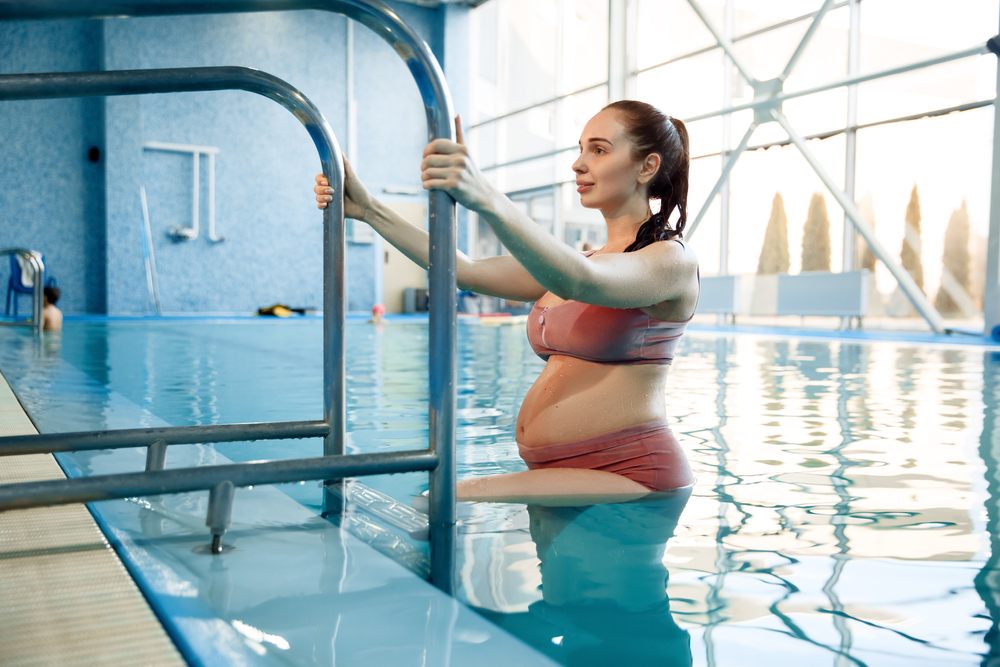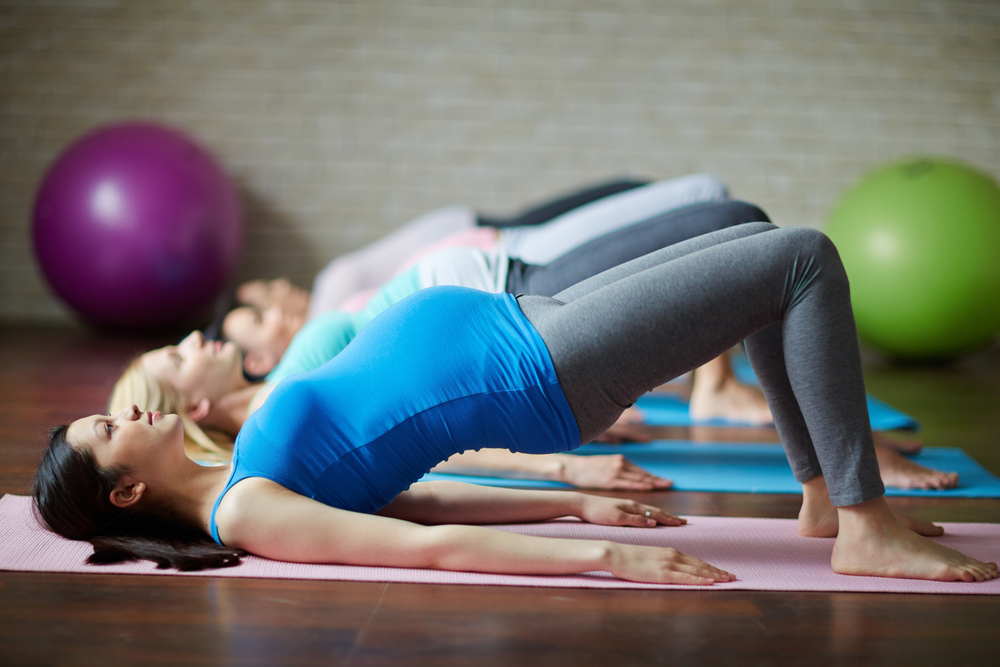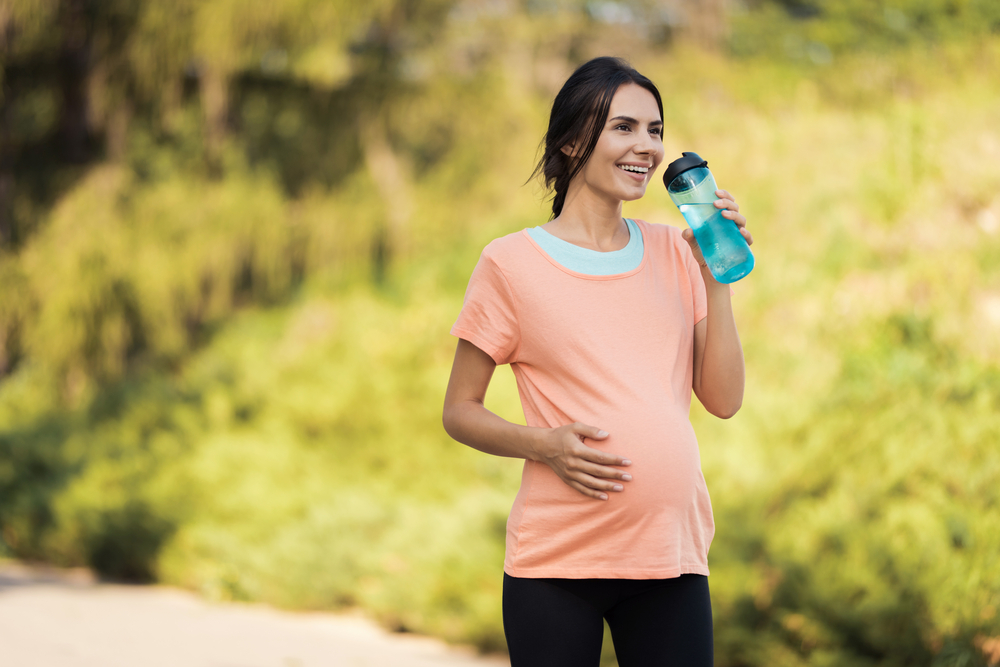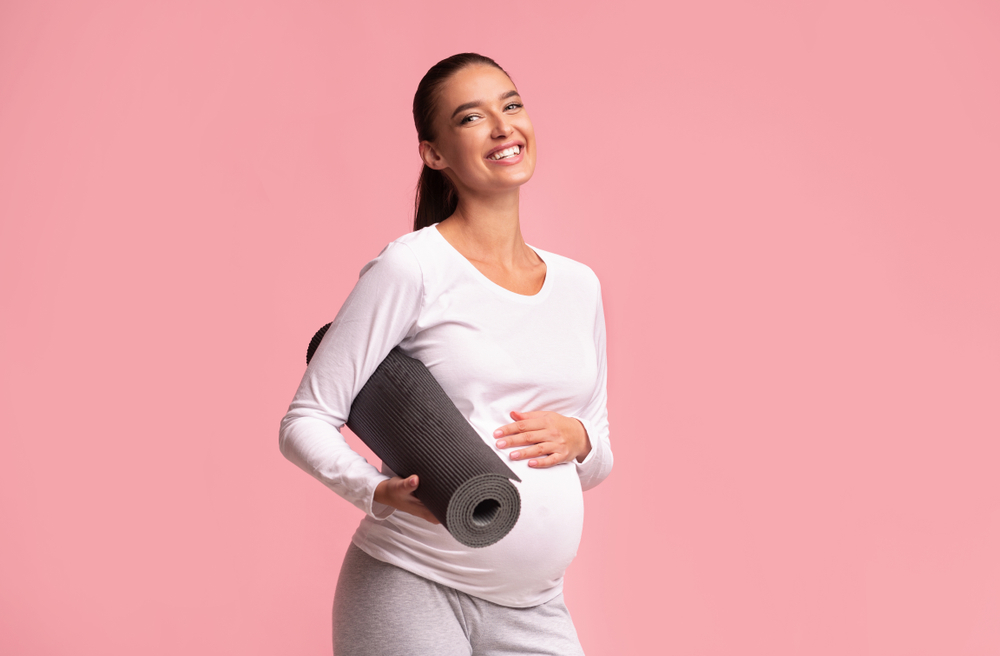




Swimming and water aerobics during pregnancy: what are the benefits of physical activity in the swimming pool and the tips to follow
Swimming, we have known it since the beginning of time, is good for you, for your health, for venous and arterial circulation. It reduces joint pain and brings with it a whole series of benefits that translate, quite simply, into the word wellness. Also mental because, according to studies, water stimulates the production of endorphins.
And during pregnancy? Is it possible to go to the pool and do some gentle swimming? And water aerobics?
Let’s start with a fact. During a pregnancy that is progressing well, physical activity is highly recommended; it is good for both the mother and the baby. In general, all aquatic disciplines bring many benefits during pregnancy.
Which ones?
First of all, the weight of the body in water decreases significantly compared to the actual weight. This is an advantage especially in the last few months, when the bump weighs down on the back and can easily cause back pain and sciatica.
Here, water, according to data, gives a feeling of well-being to the back and shoulders and, more generally, to the entire mobility of the body.
It must also be said that results are also obtained in terms of muscle toning compared to classic fitness, especially in the muscles most involved in childbirth such as the back, pelvis and perineum.
But that’s not all. Excellent benefits are also found in the field of circulation.
In fact, water has a draining action enhancing the surface circulation of the lower limbs, which are one of the most subject areas to venous and lymphatic stagnation. Tired legs are relieved, swelling is reduced and water retention is counteracted.
All this increases the oxygenation of the mother’s blood, which is automatically transported to the foetus, which thus receives better nourishment.
Let’s not forget that swimming, if the pregnancy proceeds well and it is practised with due caution without aiming at competitions, also helps to optimise the respiratory system put under pressure by the growing uterus.
Green light also to water aerobics with the usual caution since, in the final months of pregnancy, the belly is bulky and any type of trauma, including joint trauma, must be avoided. Apart from that, this discipline is relaxing, helps to establish greater connections with the baby and instils well-being in the mother.
Advice?
For both swimming and water aerobics, it is advisable to wait until after the third month of pregnancy, and a medical certificate issued by your gynaecologist is usually required when registering.
Contraindications and precautions?
As with all other sports during pregnancy, it is very important to listen to your body and stop if you feel fatigued. Similarly, it is appropriate to stop if the mother feels fatigue, tachycardia, palpitations, uterine contractions, etc.,
Obviously it will be the gynaecologist who monitors the entire pregnancy and 9 months who will give the appropriate indications according to the specific needs of the mother-to-be. Other limitations?
None in particular except, after careful consideration, avoiding jumping, reckless diving from trampolines, turns and excessive movements.
And for those who cannot swim?
It is worth opting for a pregnancy course or a simple walk in a hot tub (32/34 degrees) at a height of at least five feet.
There are even midwife personal trainers and specialised instructors for expectant mothers and, once the baby is born, there are many swimming pools throughout Italy that organise baby courses for the newborn’s first approach to water or even baby/parent swimming sessions.
By Francesca Franceschi


